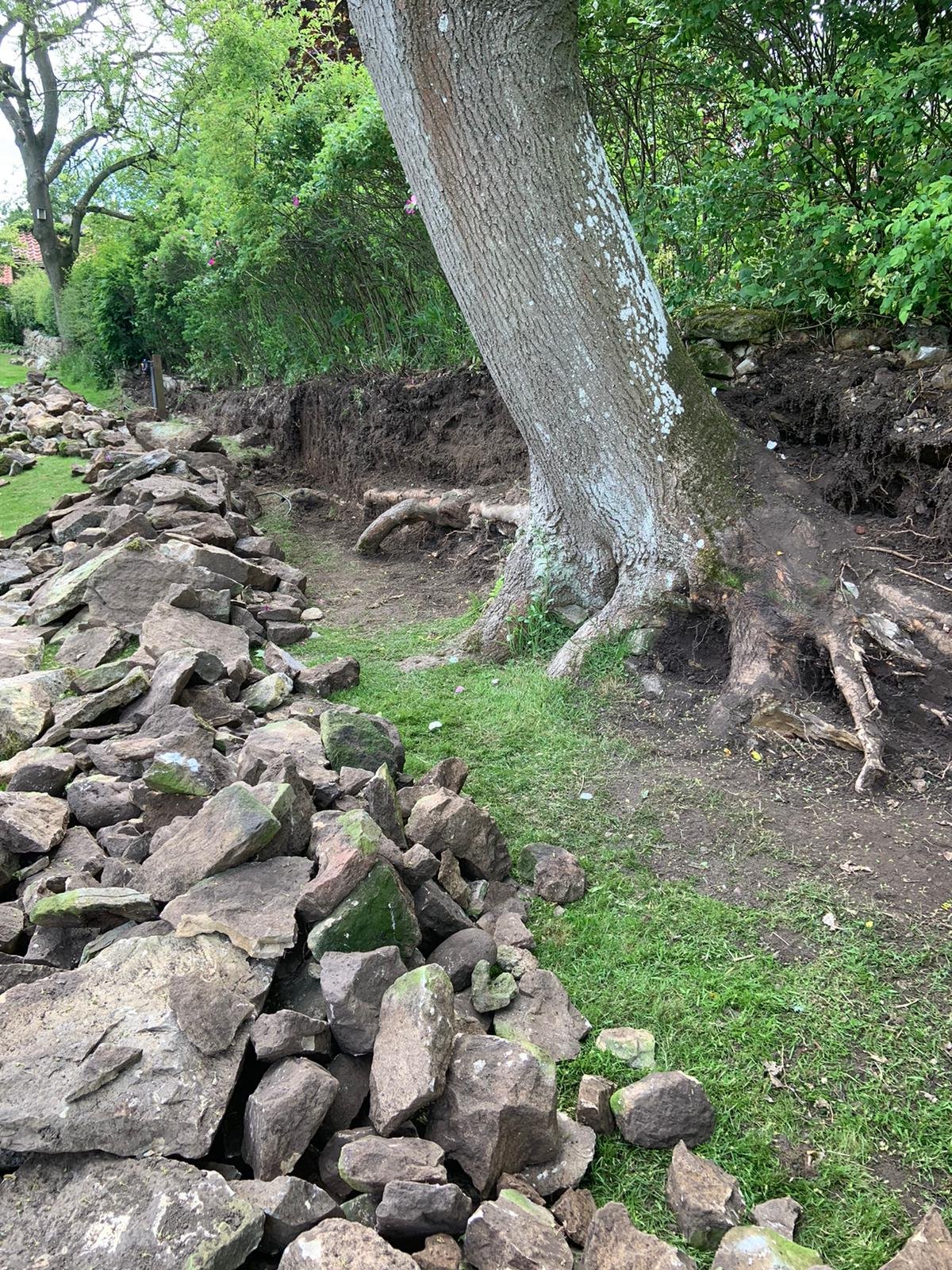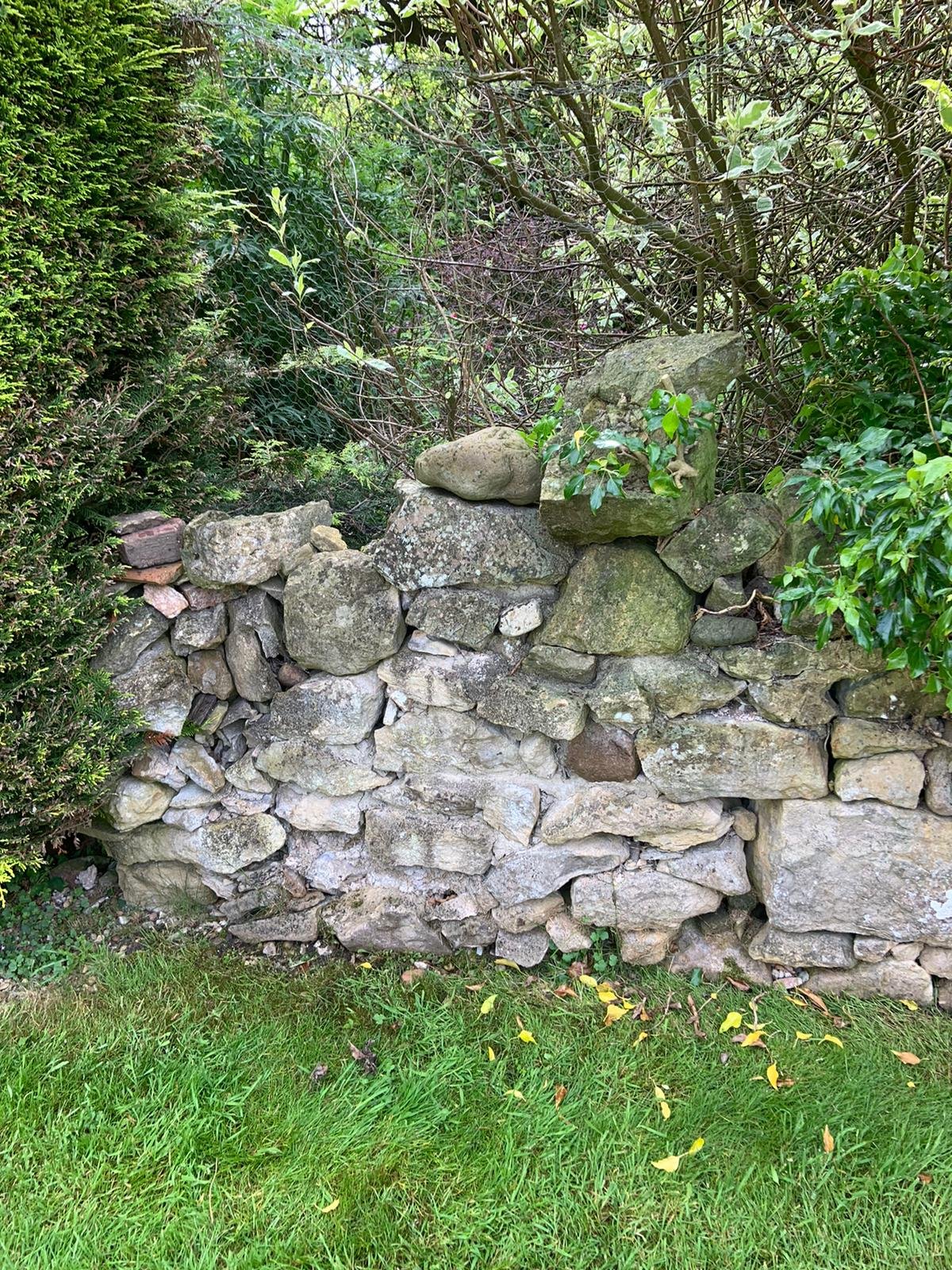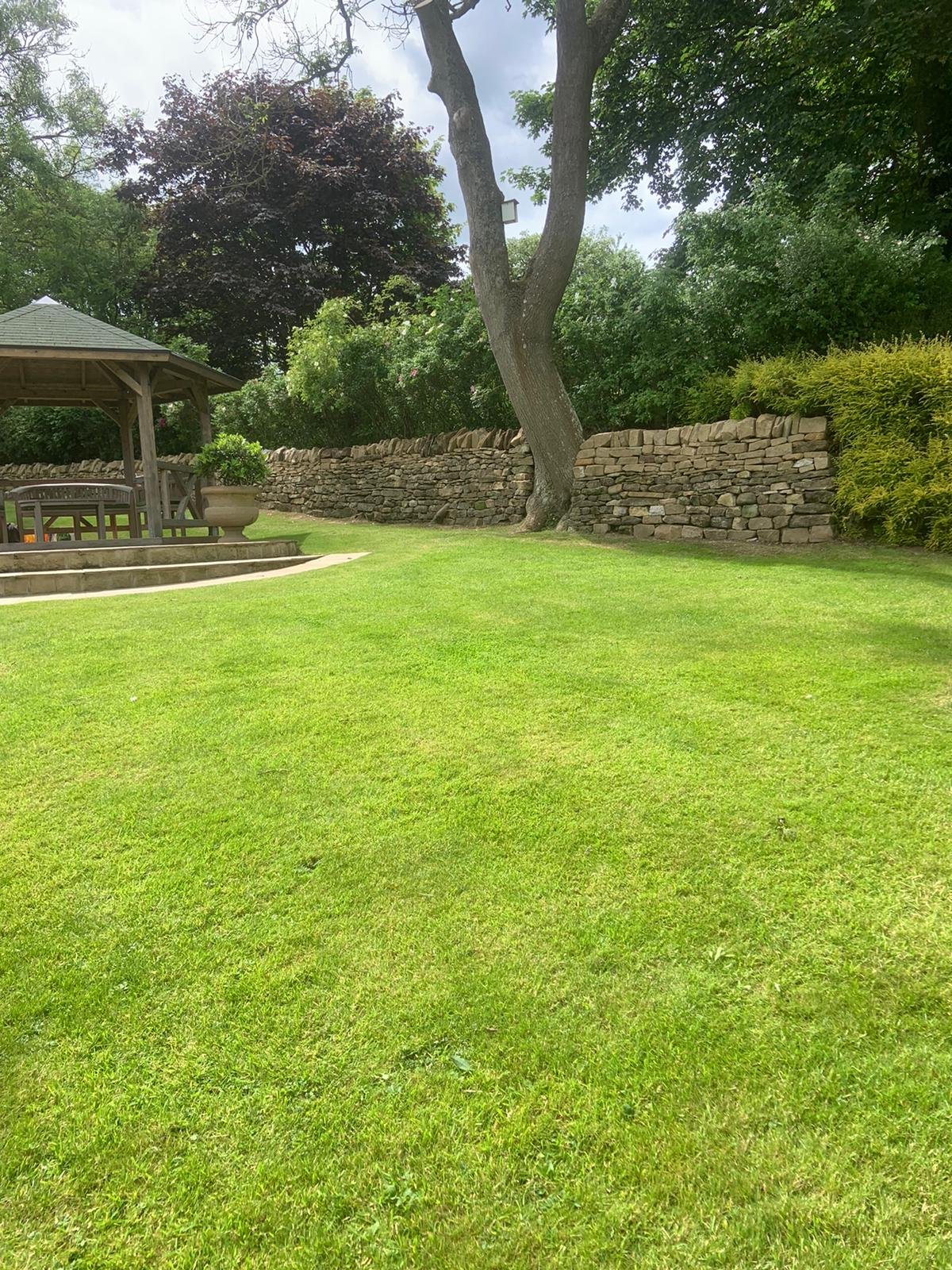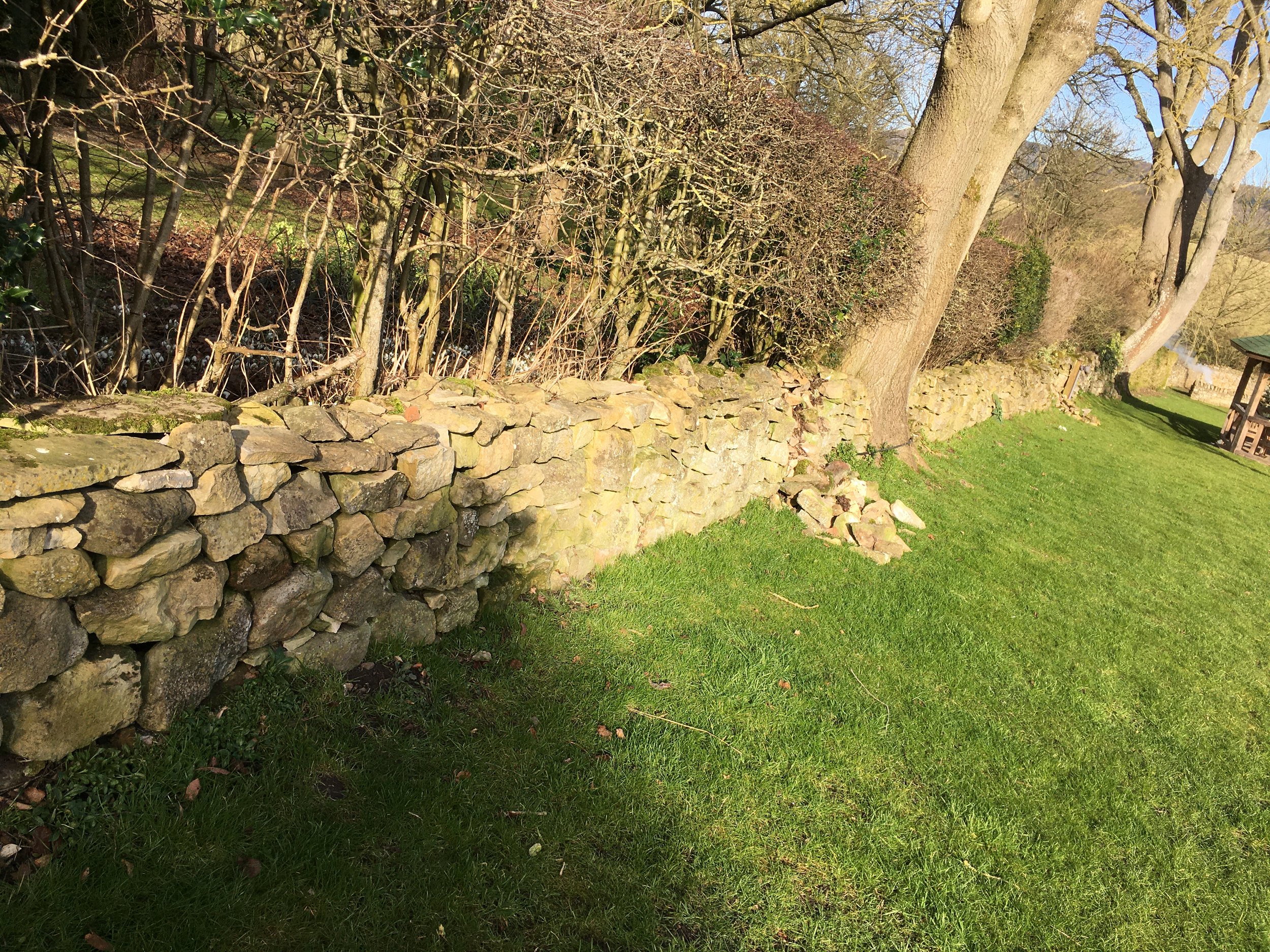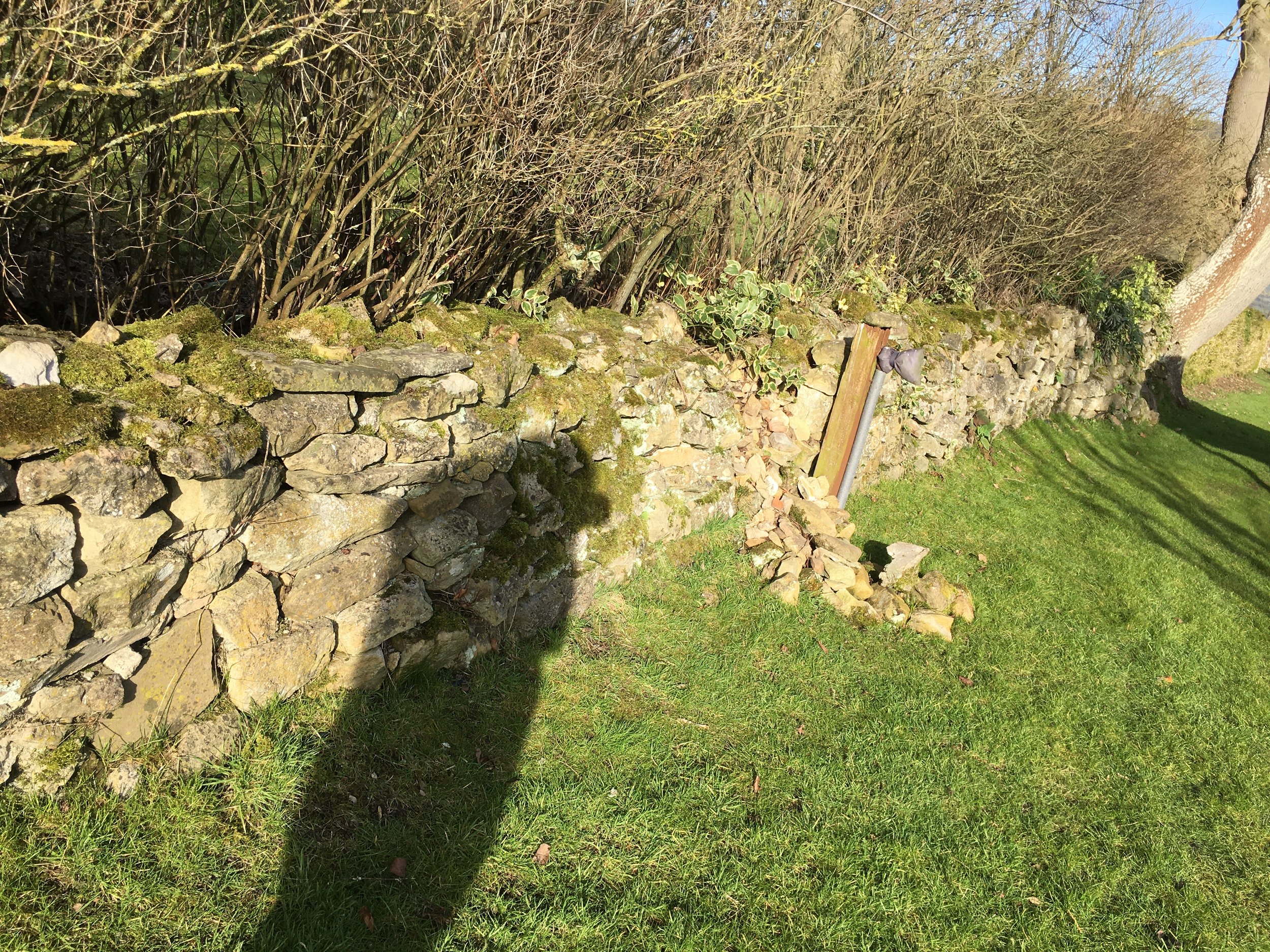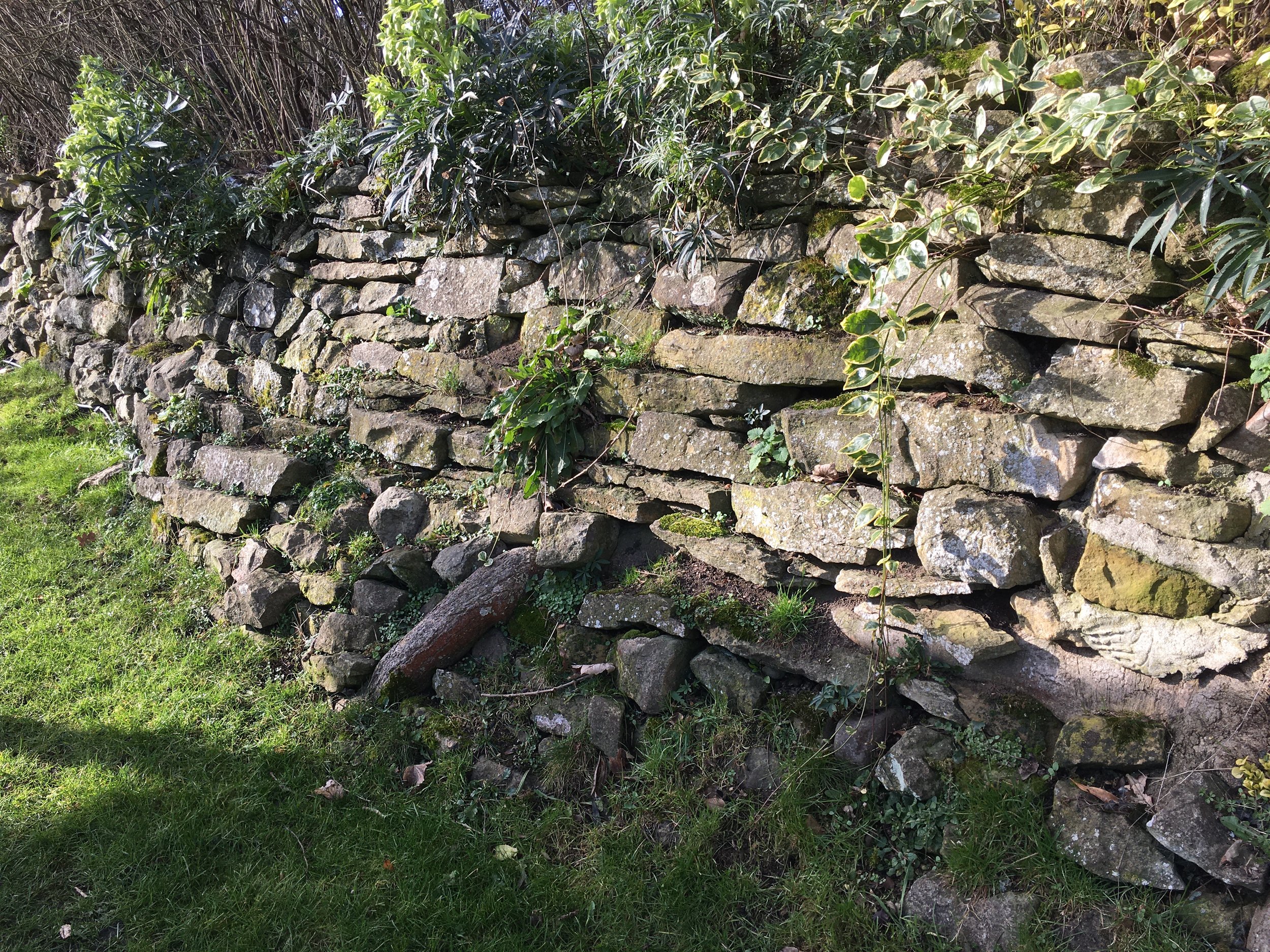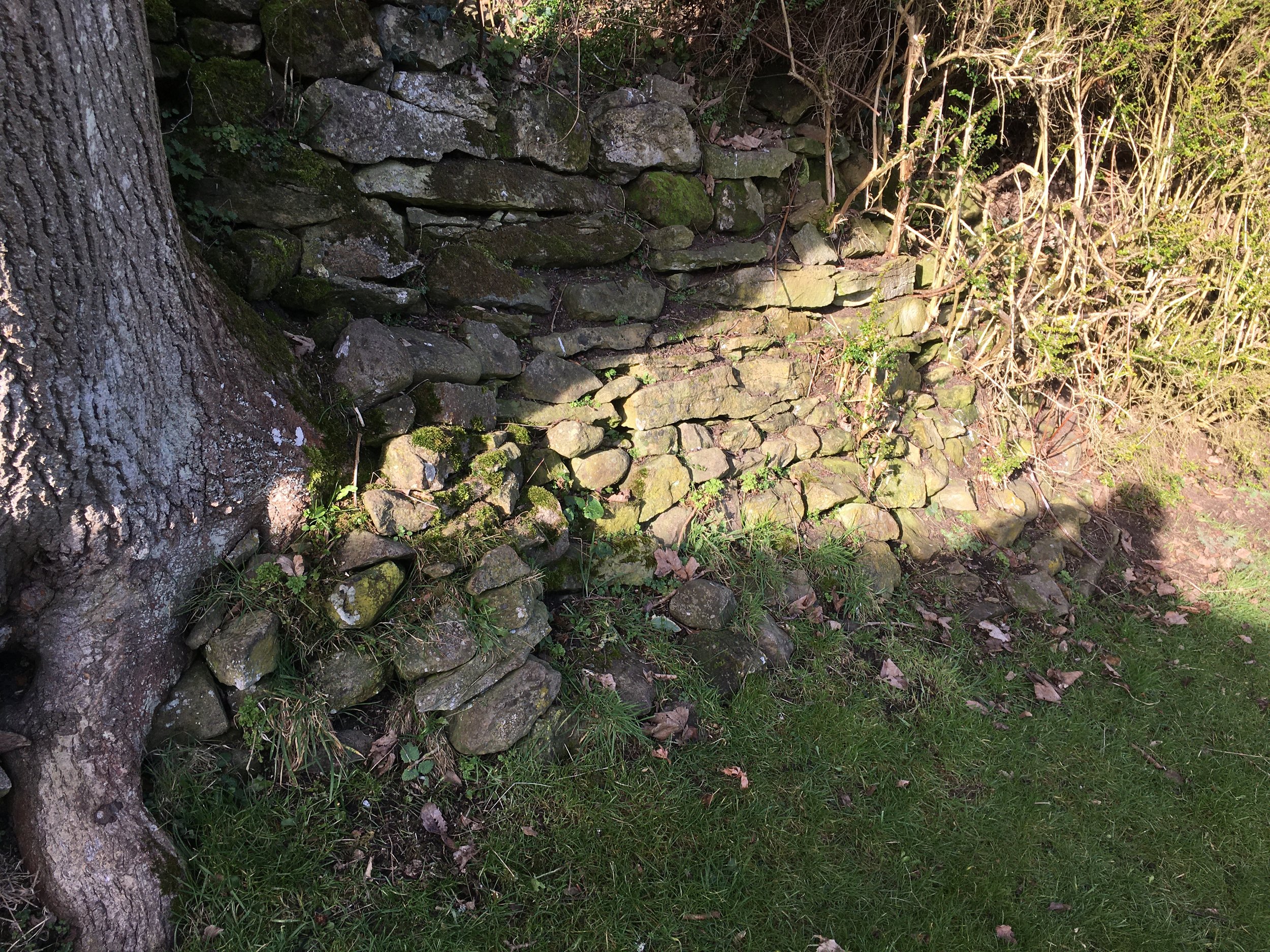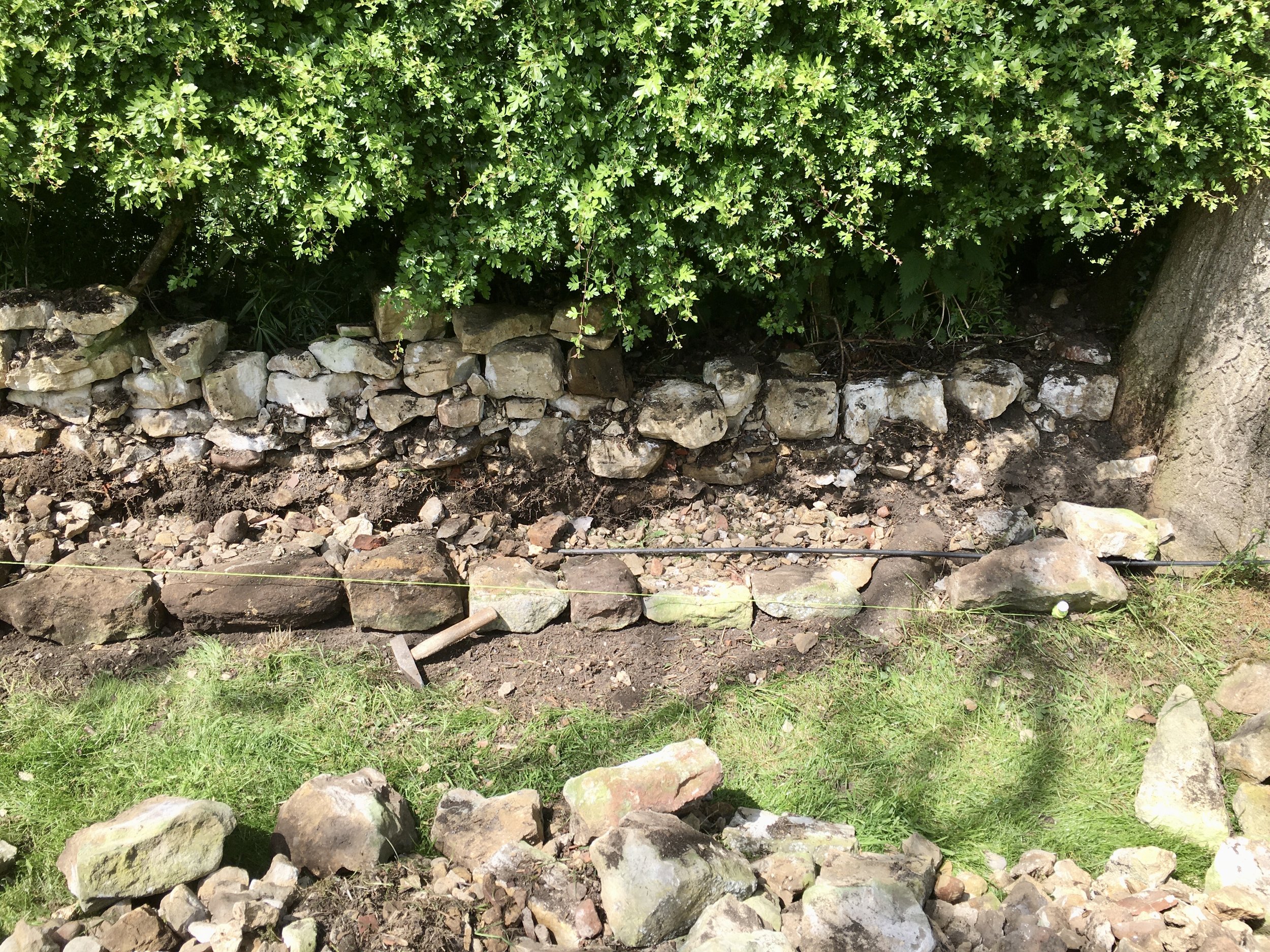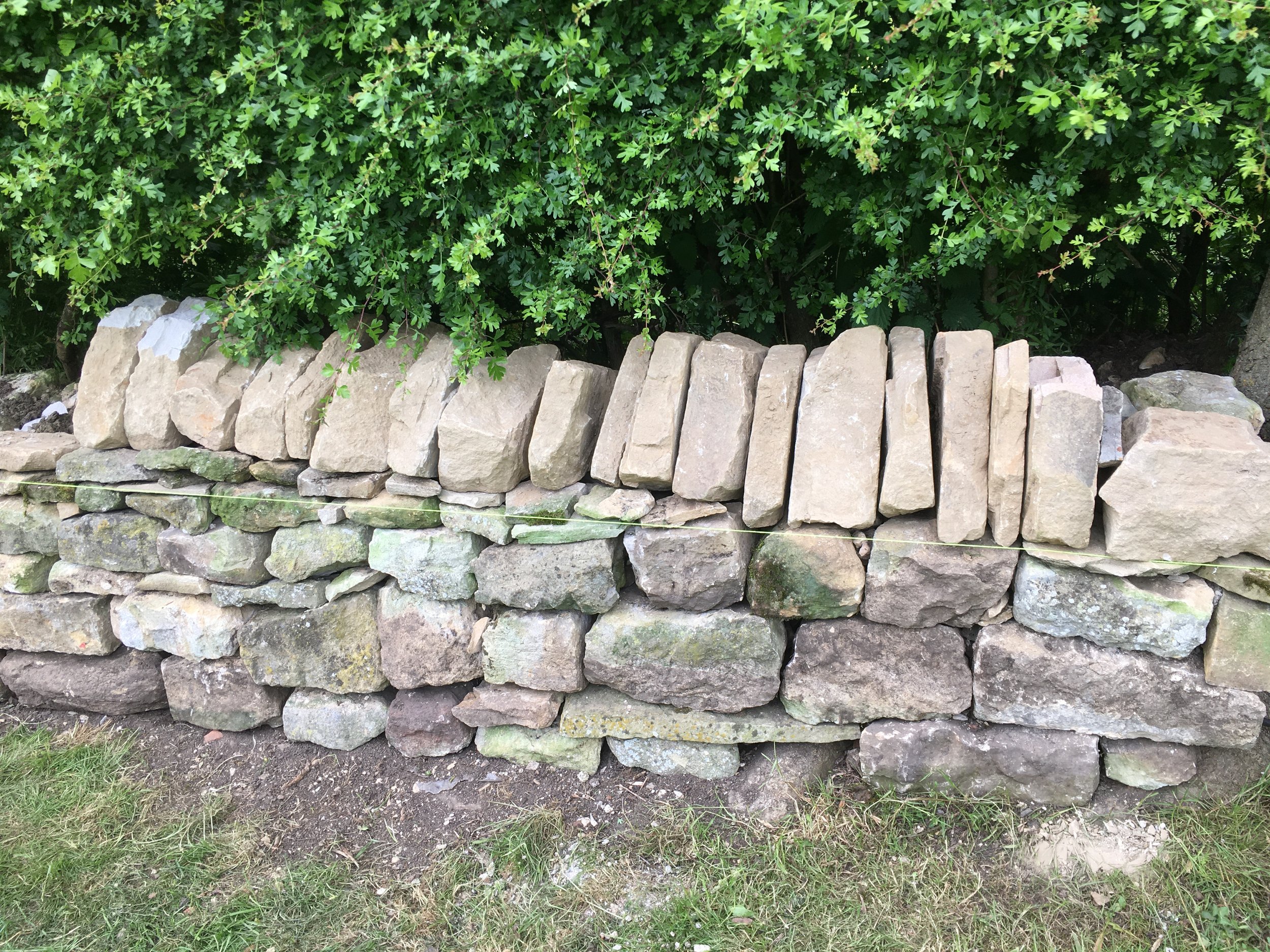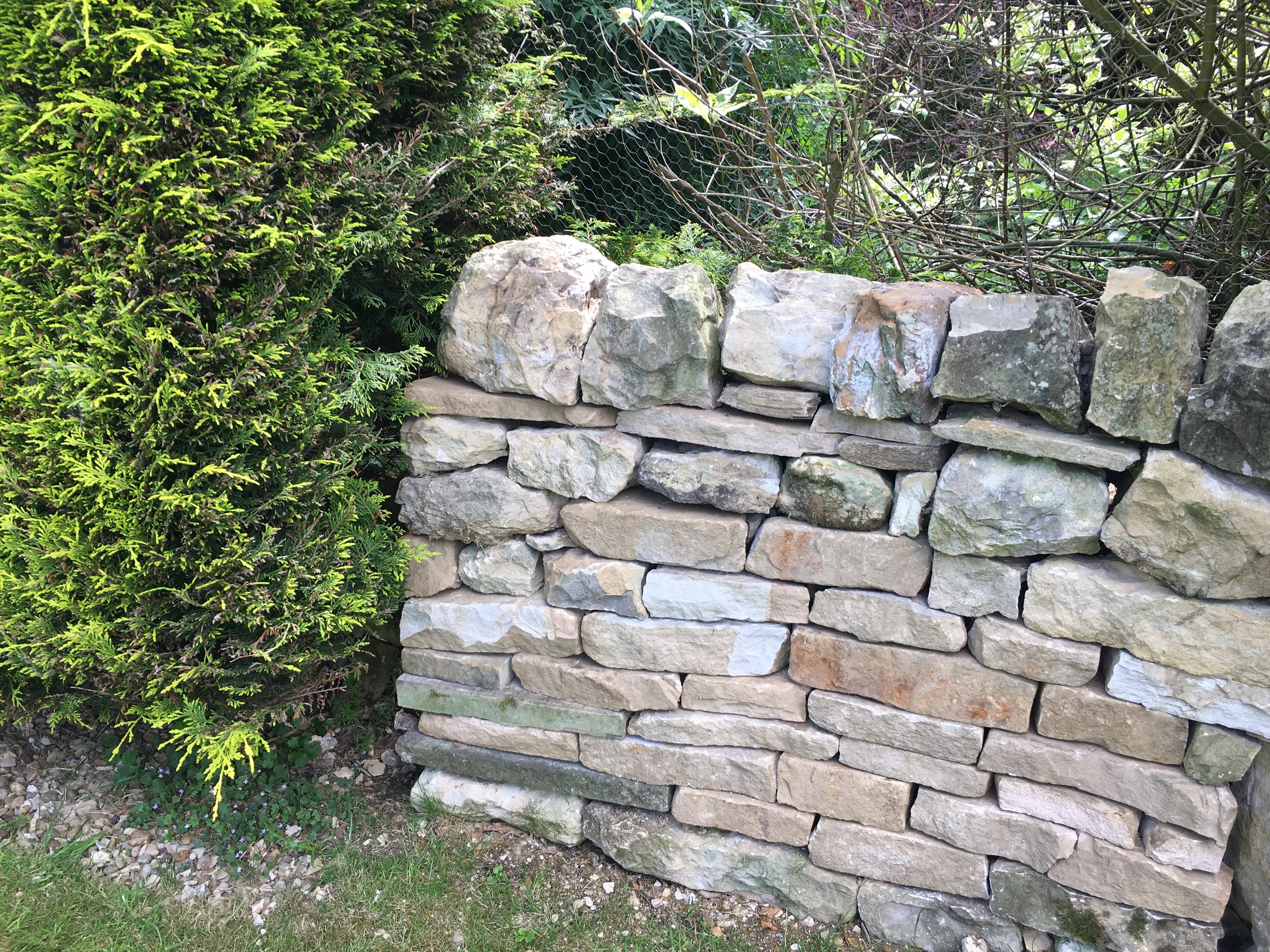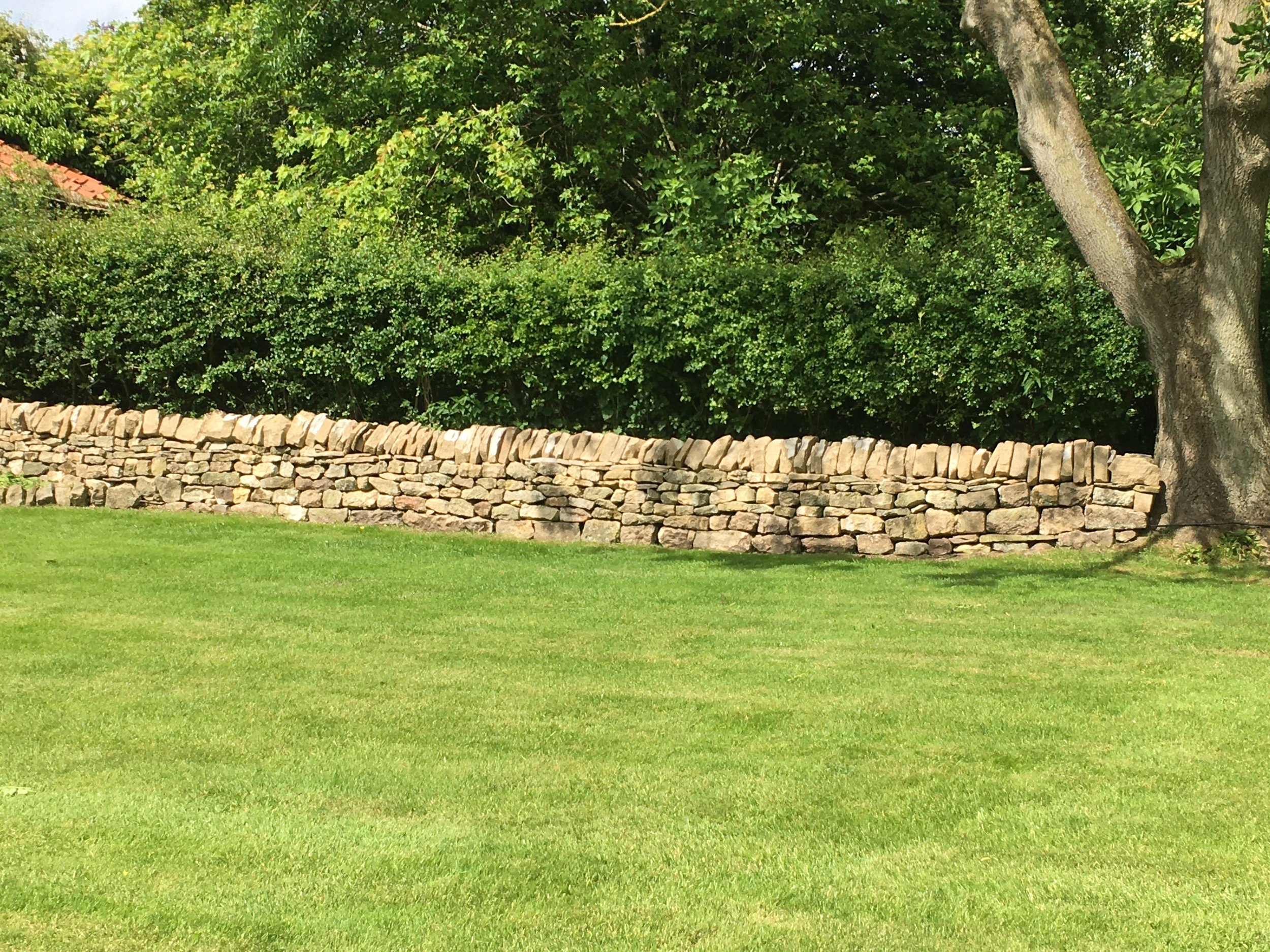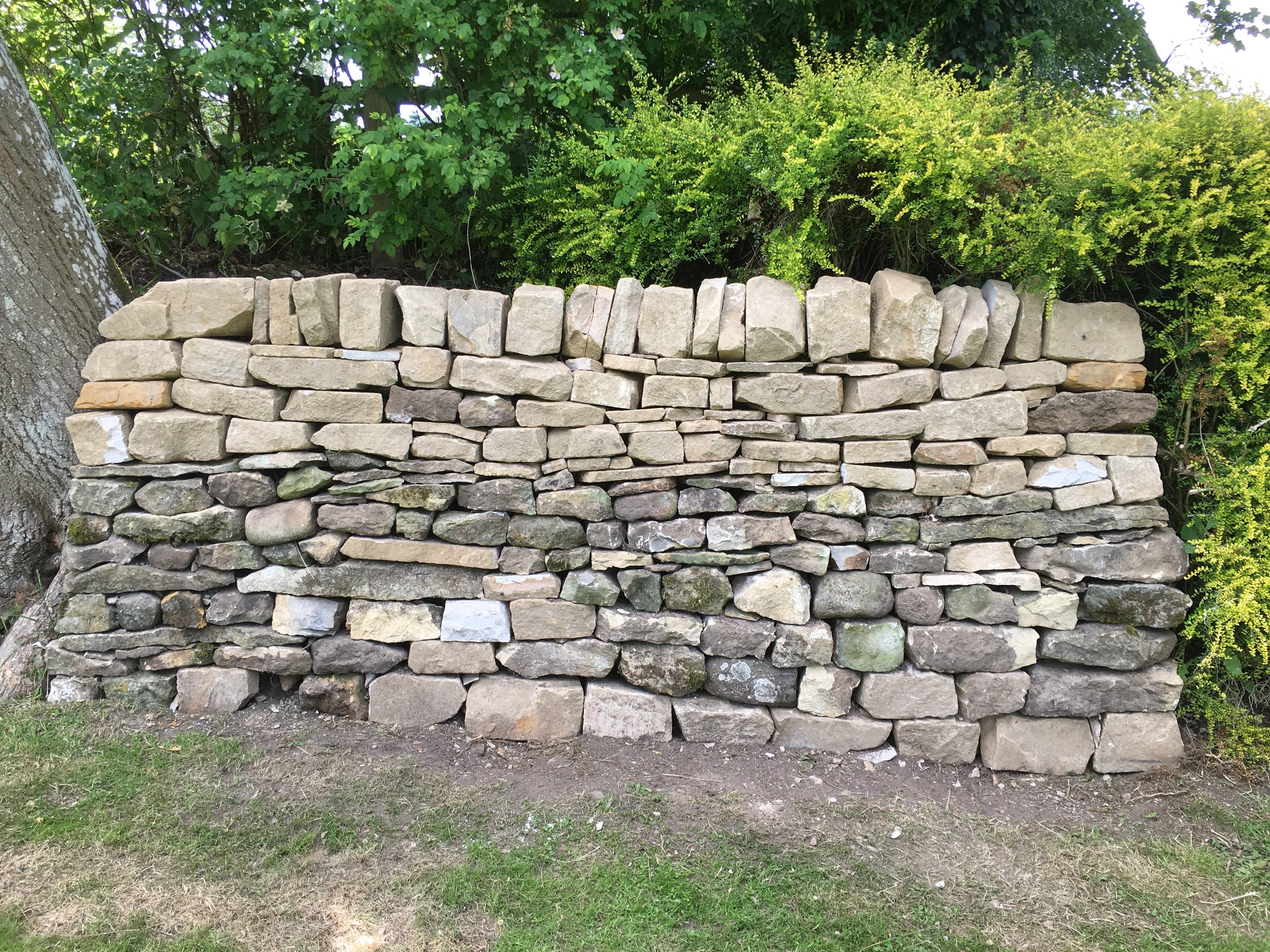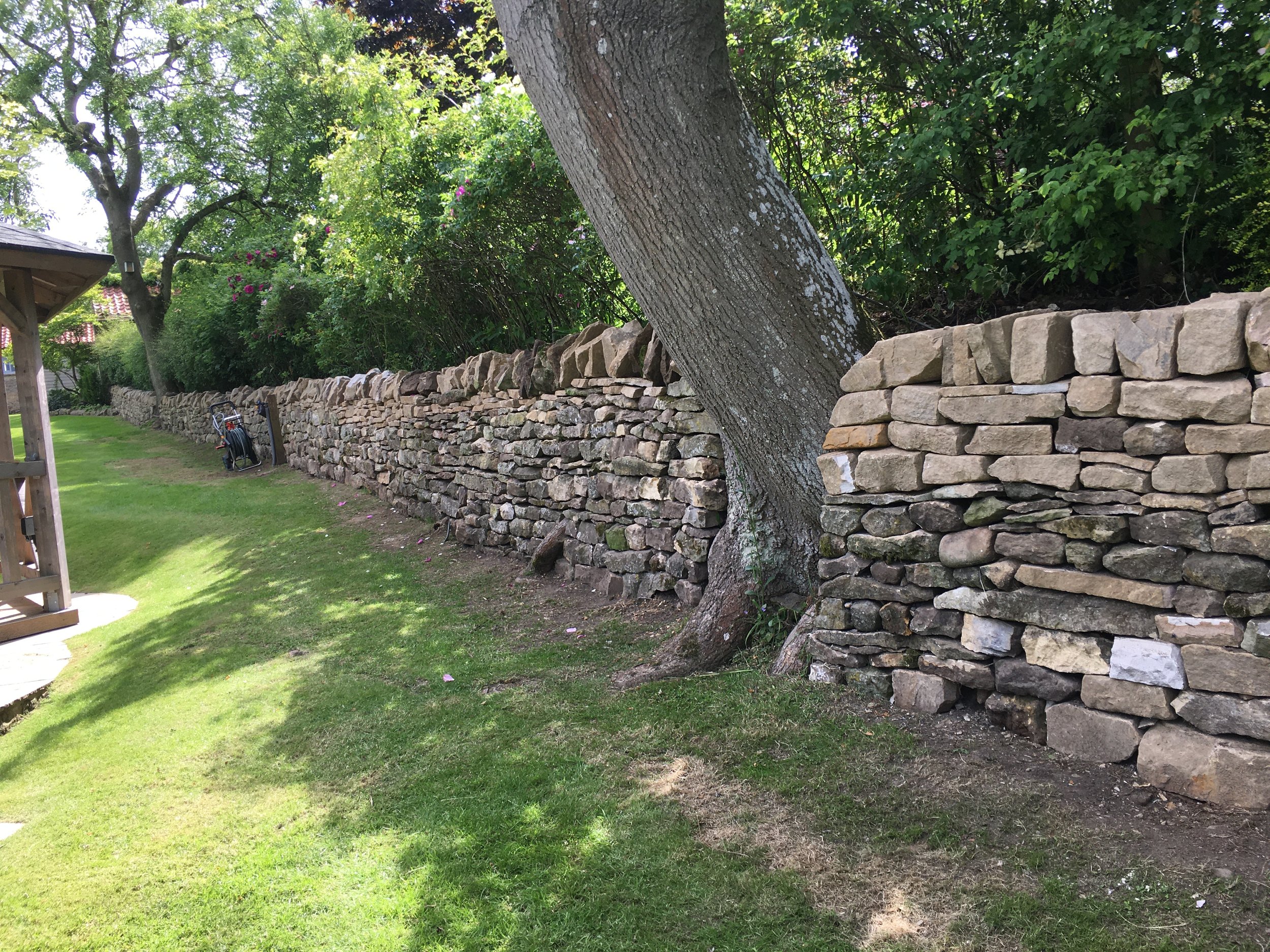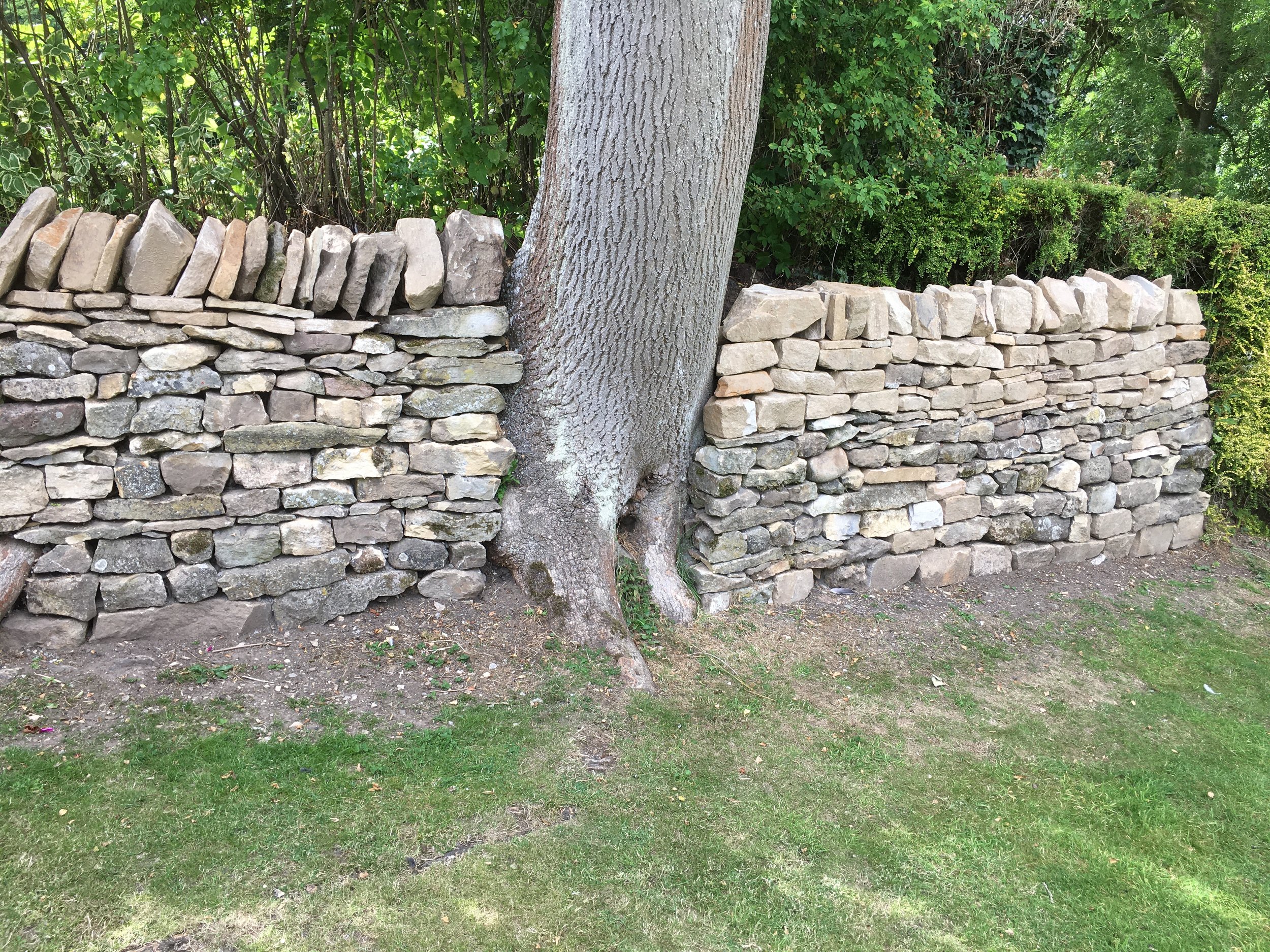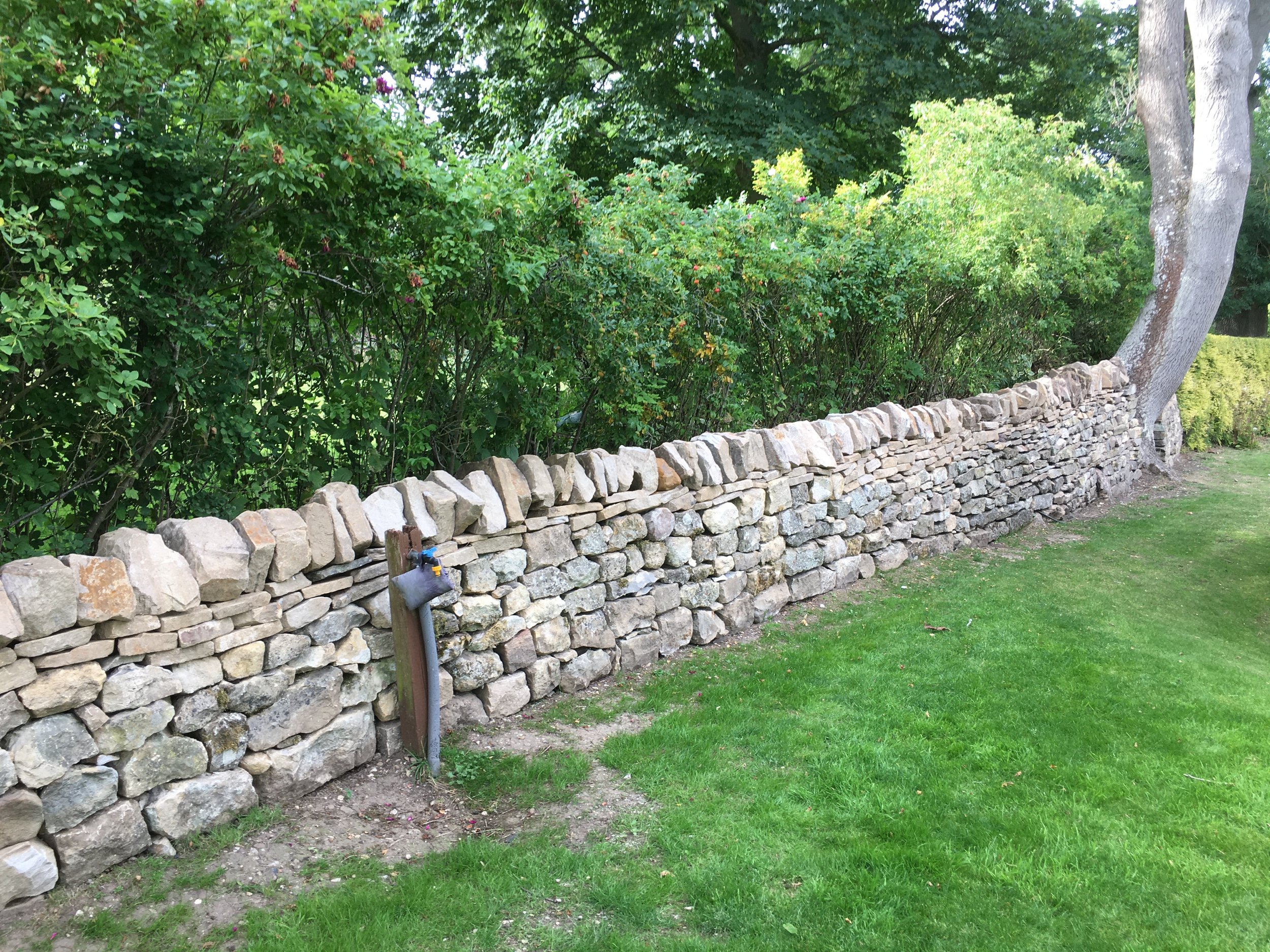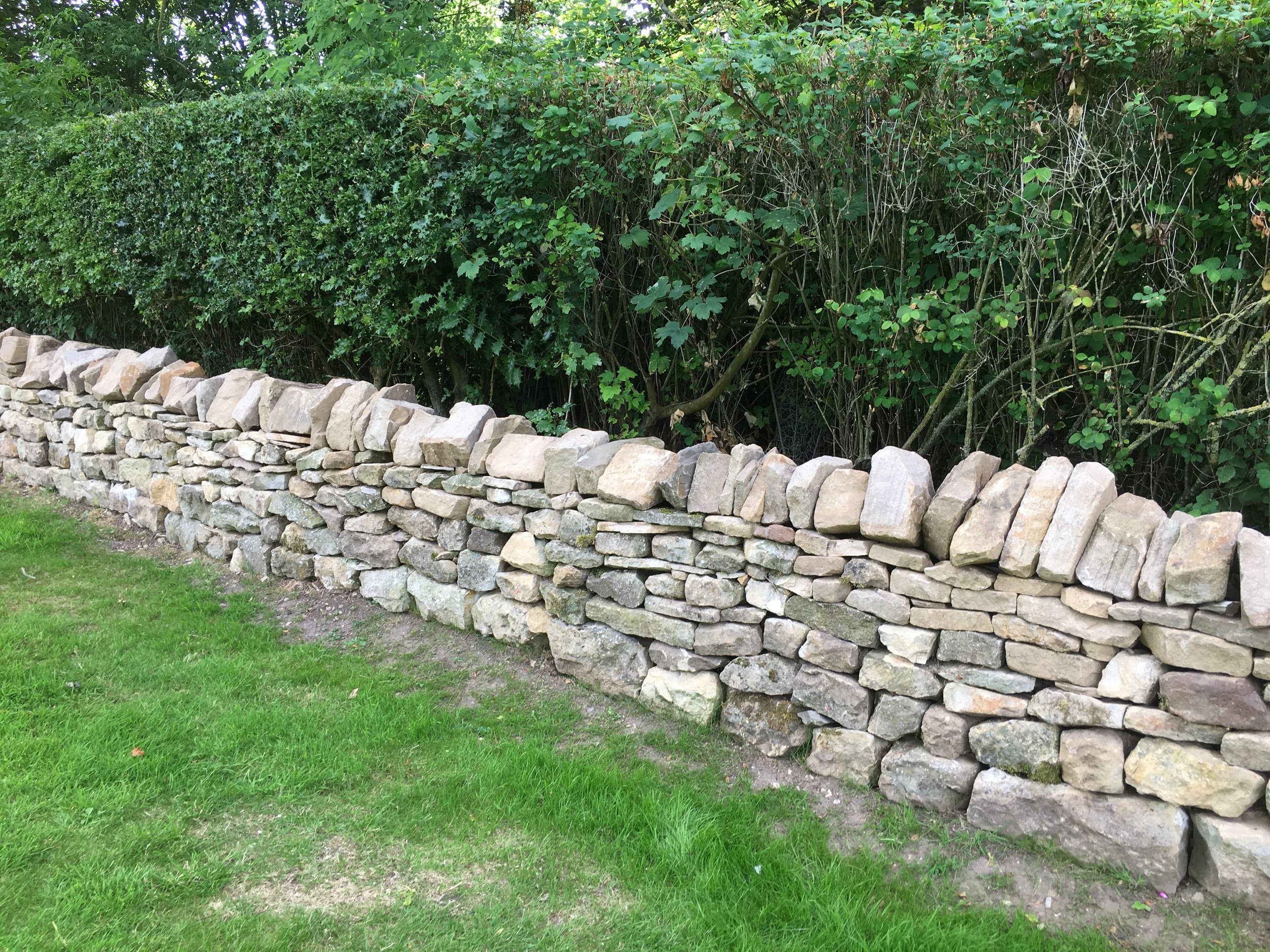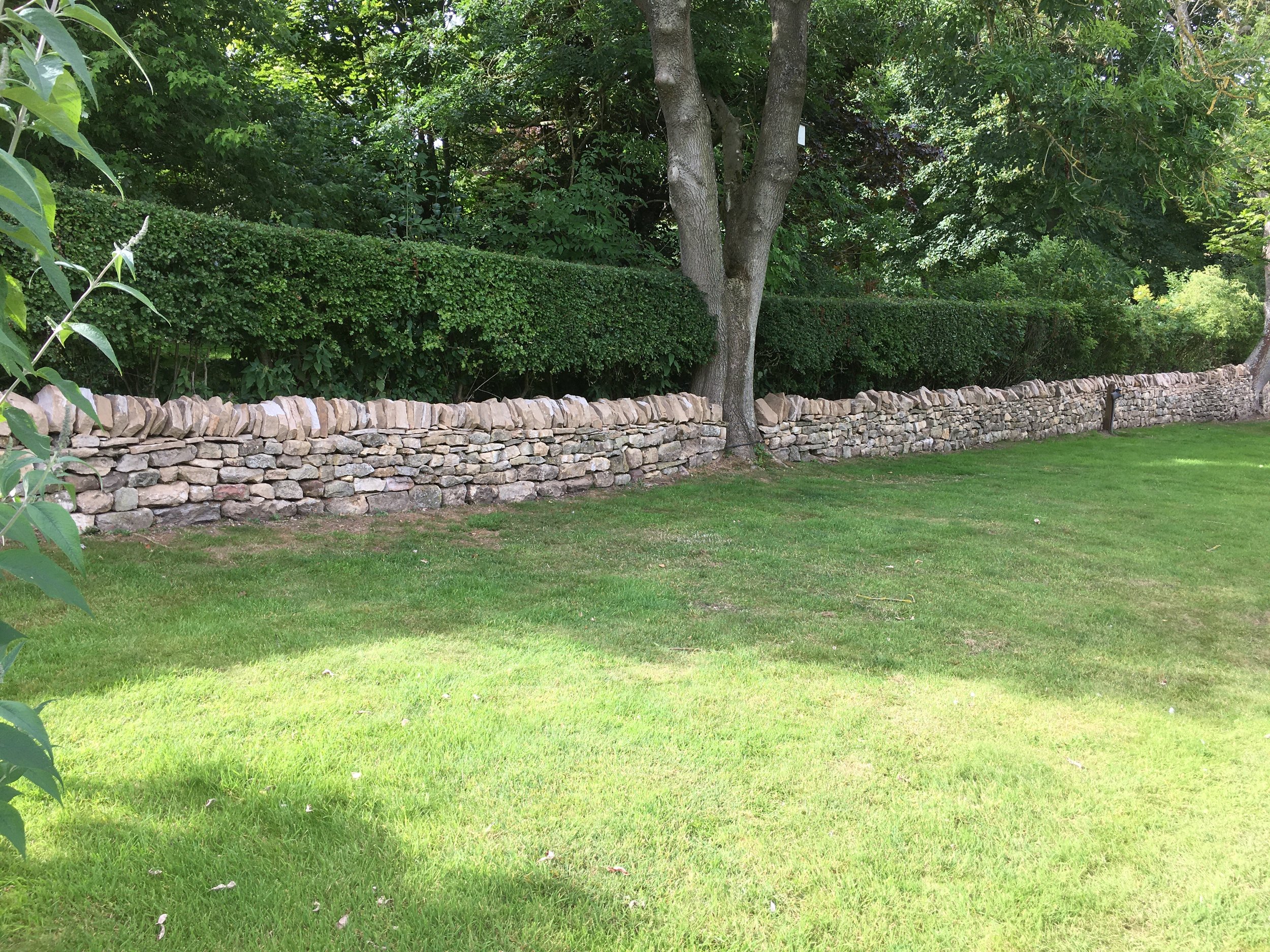Dry Stone Walling



We are experts on Dry Stone Walling.
The Craft of Dry Stone Walling
Dry stone walling is an ancient craft that uses nothing but stone — no mortar — to create strong and lasting structures. Their stability comes from a unique method of construction, where carefully chosen, interlocking stones form a load-bearing façade. The result is both practical and beautiful, a human contribution that has shaped landscapes for thousands of years.
This skill dates back to the Neolithic period. Famous examples include the village of Skara Brae in Orkney (built around 3000 BC), Newgrange in Ireland, and the Celtic Brochs of Scotland. Dry stone techniques also appear worldwide, from Egypt and Japan to South America and Iceland. The precision of these ancient builders is astonishing — many joints were made so tightly that even a razor blade cannot be slipped between the stones.
In the UK, the Celts were among the first to use stone walls to enclose pastures, protect crops, and mark boundaries. Their landscapes often combined stone circles, ditches, and dykes in a distinctive field system. During the Roman invasions, tribal federations developed more extensive fortifications and defensive stonework.
The Middle Ages saw a new wave of wall building, from Anglo-Saxon to Viking times. Walls near Hawes have even been dated back to Viking settlement. Later, from the 14th to 18th centuries, wall construction reached its height — particularly during the Elizabethan era, when the Enclosure Acts transformed the countryside. The 1768 Act formalised land ownership, with allotments often measured “two oxen wide” to allow ploughing. This period also provided vital employment for rural labourers, especially in areas where stone was plentiful near the surface.
Today, dry stone walls remain a defining feature of the English landscape. There are an estimated 69,926 miles of walls in England alone. However, many are in decline: around 12% are derelict, 17% survive only as remnants, 38% show major signs of deterioration, and just 13% are still fully stock-proof. This highlights both the heritage value of dry stone walling — and the important work still to be done to preserve it for future generations.
What We Do
At Northern Walls, we’re proud to carry on the tradition of dry stone walling — a craft that has shaped our landscapes for centuries. As a family-run business, we take personal pride in every wall we build or restore, treating each project with the same care and dedication as if it were our own.
New Walls – We design and build strong, beautiful dry stone walls that not only mark boundaries or stock-proof land but also enhance the character of your outdoor space. Every wall is carefully crafted to stand the test of time.
Restoring History – Many walls have stood for hundreds of years, and we specialise in repairing and restoring them with respect for their heritage. From rebuilding fallen sections to carefully resetting stones, we help preserve the history written into the landscape.
By blending traditional craftsmanship with our family values, we ensure every wall — old or new — is not just functional, but also a lasting part of the countryside’s story.
A wall we were commissioned to build near Ripon. Although most of the dry stone walls we are asked to build are boundary walls or decorative walls in the dales, we also build decorative garden walls. This wall has a small seat built into it where the path in the middle of this wall is.
Testimony from the owner of a property in Coxwold
“Over the years we've been grateful to David and Ian for restoring sections of our garden wall when they collapsed. After a really bad winter when we had three sections collapse we decided it was time to ask David to survey all our stone walls and do whatever it took to fix them once and for all. For some walls this was matter of repointing to improve stability. For the longest wall this meant a complete rebuild. To say we are delighted with the result is an understatement. The wall has been transformed from something that at best we didn't really think much about (and at worst regarded as a ramshackle nuisance) to an eye catching feature that compliments the restful space that we wanted to create. It's an absolute rustic charm. Thanks also to Mark and Bethany for their supporting roles.”
